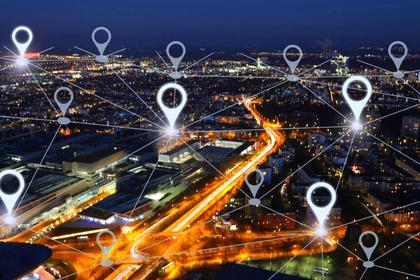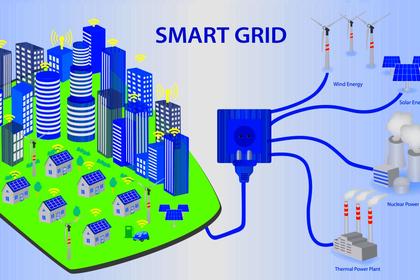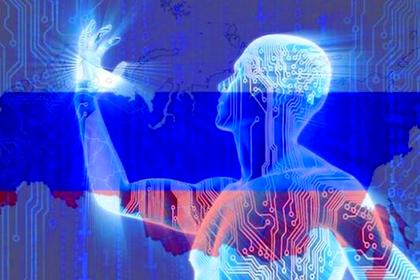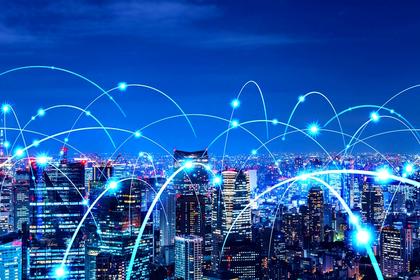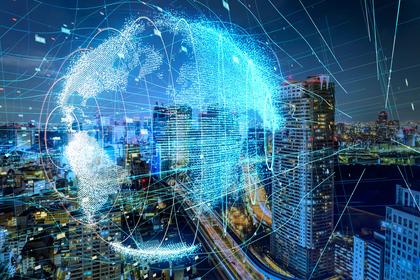
BLOCKCHAIN FOR ENERGY MANAGEMENT
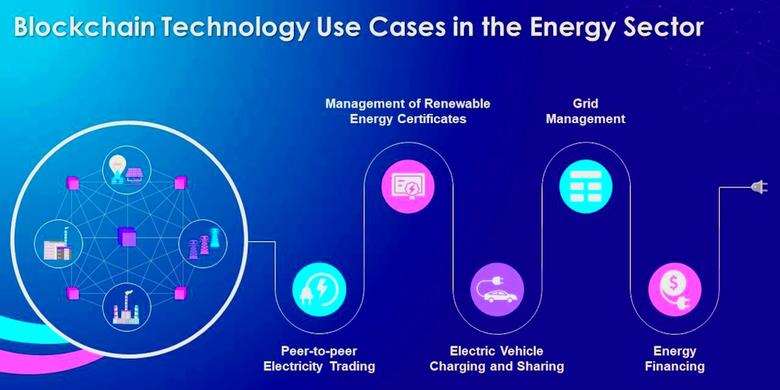
By JULIAN JACKSON Staff Writer, Energy Central, BrightGreen PR
ENERGYCENTRAL - May 17, 2023 - Utilities face many challenges in the future. One is that they will have to manage customers and IoT devices as well as producer-consumer microgrids in a fast-moving environment. There is a significant trust issue. The persistent lack of trust leads to a fraud concerns, disputes and arbitration which can be expensive, or even end in legal cases.
This load management issue is a top concern for utilities all over the world as the total electricity consumption in most countries continues to rise. Current forecasts suggest a 60% rise in the total electricity demand in the UK between the years 2030 and 2050 as use of heat pumps and electric vehicles increases. Since several nuclear plants that support base load generation in the UK are scheduled to shut down in this decade due to end of lifecycle, there will definitely be a need for extra generating capacity if this trend continues, unless there is a significant improvement in load management.
Could Artificial Intelligence, coupled with the Distributed Ledger Technology commonly known as blockhain, assist utilities in finding a solution to this challenge?
Adopting flexible load management (FLM) could deliver both customer benefits and support clean energy targets. By utilizing AI monitoring of customer energy consumption in near real-time, with trustless, untamperable, transparent recording on a blockchain, utilities could manage loads better and work to meet decarbonization, resilience, and electrification goals, while managing a rise in the number of customer-owned DERs into the grid.
Peer-to-Peer Energy Trading
Peer-to-peer energy (P2P) trading allows consumers to buy and sell excess energy to others like themselves. This new group of producer-consumers (often referred to as ‘prosumers’) need a platform that is secure, provides transparency and enables low-cost transactions between parties to be made efficiently.
Utilizing blockchain technology, it is possible for these prosumers to sell their excess energy to network peers, local microgrids, virtual power plants, or back to the main grid – earning them profits or reducing costs.
Automatic Settlement of Trades
Automatic settlement of trades is perhaps one of the best ways that all types of energy and utilities providers can benefit from blockchain technology. Because of its ability to remove the middlemen, users can automatically record and settle transactions. Trades can even be done on a peer-to-peer basis thanks to AI, smart meters, and smart contracts. This doesn't need a clearing house or broker, making for a more streamlined and cost-effective approach.
Since smart contracts can automatically trigger transactions and settlements not just for financial trades but physical trades too, blockchain use cases in renewable energy, oil and gas, and energy storage are all on the rise as well. Companies using blockchain in energy and utilities for the settlement of trades could benefit from significant cost savings.
Microgrids and Virtual Power Plants
Blockchain investment in the energy sector is expected to reach more than $5.8 billion by 2025 with microgrids playing a leading role reducing transmission losses and deferring expensive network upgrades. The average power loss in transmission between traditional power plants and the consumer can be anywhere between 8% – 15%. This clearly shows that DER has a part to play here.
There are obstacles on the way to realizing this dream: many conventional organizations are suspicious of crypto-based technologies, rightly so, after the recent scandals like FTX. Bitcoin has proved itself energy-intensive and cumbersome, although newer generation tokens are much less wasteful. Much of the sector is very 'geeky' and off-putting to most people – compare early computers before the invention of the mouse and graphical interface.
However the concept of DLT is very viable and some of the largest companies in the world, for example, Hitachi, Bosch and Walmart are building applications using this technology, so it will inevitably be part of a more distributed energy future.
This thought leadership article was originally shared with Energy Central's Load Management Community Group. The communities are a place where professionals in the power industry can share, learn and connect in a collaborative environment. Join the Load Management group today and learn from others who work in the industry.
-----
Earlier:
